One of the few truly great trends in 2017 was the return of tabletop role-playing. Dungeons & Dragons got a boost from Stranger Things, but TSR’s fantasy franchise isn’t the only game in town. Back in the glory days, there were dozens of other competing pen and paper RPGs for the true geek’s attention. If you didn’t want to swing a sword and cast a spell, you could travel to the far future, or the Old West, or dozens of other places and times.
Many of these role-playing games have faded into the mists of history. But with the medium undergoing a renaissance, the time is right to bring them back. Here are eleven of our picks for old-school tabletop RPGs that could get an update for the 21st century and be sweet to play.
Marvel Super Heroes
This is definitely a sentimental pick, because the Marvel Super Heroes role-playing game was the first one I ever played, my gateway drug into the wider world of serious nerd pursuits. Released by TSR in 1984, it was one of the mechanically simplest games of its era, with everything you needed to play out a superhero slugfest in the 16-page “Battle Book.” The system exclusively used two d10s for percentile rolls, making it easy to understand and expand on, and the character creation was robust enough to let you make up your own heroes and villains all day. With the booming success of Marvel’s movies, it’d be great for somebody to publish an updated version.
Star Wars: The Role-Playing Game
What better introduction to the fascinating world of pen and paper role-play than the Star Wars universe, currently enjoying its biggest resurgence in popularity ever? 1987’s Star Wars: The Role-Playing Game, released by West End, was not only fun to play but also helped define the limits of the franchise’s Extended Universe, with lots of planets and alien races appearing here for the first time. Over 140 supplements and adventures were published for the game, but West End went bankrupt in 1998 and the system was lost to the ages.
Aftermath!
The 1980s were the peak of atomic hysteria, when we believed that the Russkies could press the button at any minute and send us into a hell of nuclear fire. Several post-apocalyptic tabletop RPGs came out during the decade, but one fondly-remembered is Aftermath, which cast gamers as survivors of a nuclear apocalypse scrounging for food and supplies in a radioactive wasteland. Like many FGN titles, it boasted a complex ruleset that did away with “levels” in favor of a more robust skills-based system, and updates were released for it until 2010.
Street Fighter: The Storytelling Game
As the 90s wore on, electronic entertainment started to supplant pen and paper RPGs. No value judgment there, it’s just what happened. So designers turned to this new world to inspire their creations, with results like Street Fighter: The Storytelling Game. Produced by White Wolf, this 1994 title gave you everything you needed to roll your own World Warrior and battle against other brawlers using a variety of martial arts styles. There’s a remarkably robust fan community for this game, and with Capcom working to drum up interest in SFV it could be time for a comeback.
Powers & Perils
Avalon Hill was the name in wargaming in the early 1980s, and when Gary Gygax approached them about publishing Dungeons & Dragons they turned him down flat. That was a mistake, so when profits from tabletop role-playing beckoned they responded with one of the most complex and detailed fantasy systems of the decade. 1984’s Powers & Perils was beloved by hardcore grognards for its wild complexity – the game featured multiple different skill systems with individual resolution rules, tables for all kinds of events and five separate rulebooks. It was a commercial failure, but we’d love some enterprising soul to make another run at it.
Castle Falkenstein
There’s no rule that says dice are required for tabletop role-playing. Castle Falkenstein, released by R.Talsorian Games in 1994, dispensed with all the rolling in favor of using a standard deck of playing cards to resolve randomness. The title’s unique pseudo-steampunk world takes you to a Victorian era where anachronistic technology mingles with elves and faeries. The card mechanism is interestingly complex, with different suits used to accomplish different actions, and it was a breath of fresh air in the grim White Wolf-dominated RPG world of the early 90s.
Over The Edge
Subtitled “The Role Playing Game Of Surreal Danger,” Over The Edge was both thematically and mechanically interesting. Taking place on an imaginary island called Al Amarja, players become embroiled in interlocking conspiracies and try to survive on the mean streets. This was a perfect venue for an enterprising and imaginative DM to really go crazy, and although the company that produced it, Atlas Games, is still in business they don’t seem to be doing much with the franchise past a 20th Anniversary edition a few years back.
Bunnies & Burrows
Role-playing games take inspiration from all manner of sources, and one of the most unusual early examples was 1976’s Bunnies & Burrows. Cribbing the setting of Richard Adams’s novel Watership Down, players roll up intelligent rabbits who must contend with both natural perils and the incursion of mankind into their wild warrens. It was the first tabletop RPG to let players act as non-humanoid creatures, and it maintains a cult following to this day despite the often bizarre and ridiculous art of the original rulebook.
Bushido
Originally published in 1979, Bushido predated America’s fascination with Japanese culture by at least a decade. The game let players take on a variety of roles in a fictionalized Nippon, from Yakuza gangsters to shadowy ninja and Taoist magic users. One thing that made it interesting was its extremely hierarchical structure, where loyalty and honor were just as important as successful dice rolls. It got great reviews in its day but was also criticized for excessive complexity, a common issue with early tabletop RPGs.
Attack Of The Mutants
If you read Marvel comics in the 1980s, you probably remember the lurid full-page ads for Attack Of The Mutants, a board game with role-playing elements created by Yaquinto Publications. For just two bucks, you could get their catalog and a cheapie version of the game, which saw players team up against radioactive college students storming their building. It was fairly complex and fun for such a low price, and just looking at the advertising art makes us nostalgic.
Paranoia
Science fiction had been fertile territory for role-playing for some time before Paranoiawas released in 1984. But the game, designed by Greg Costikyan, Dan Gelber, and Eric Goldberg, took a darkly different view of the future. Set in a dystopian society ruled with a chrome fist by an artificial intelligence. Players act both as “troubleshooters” for the Computer, hunting down resistance elements and terminating them, as well as members of the resistance. Needless to say, death comes early and often, which is why every character has six clones to replace them. Crammed with morbid humor and style, Paranoia just got a Kickstarter-funded reboot. Pick up a copy and tell us how it feels now that we’re actually in the future.
Article plucked from: https://www.geek.com/culture/11-tabletop-rpgs-that-need-to-make-a-comeback-1727573/
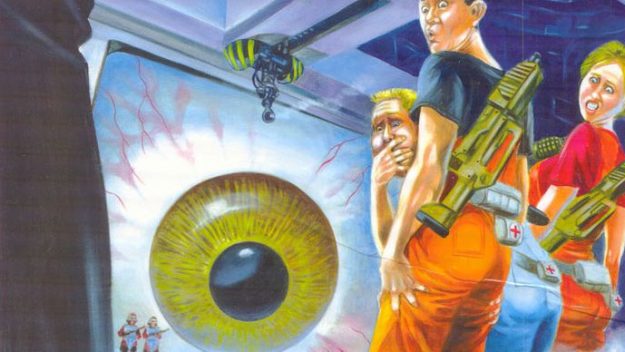
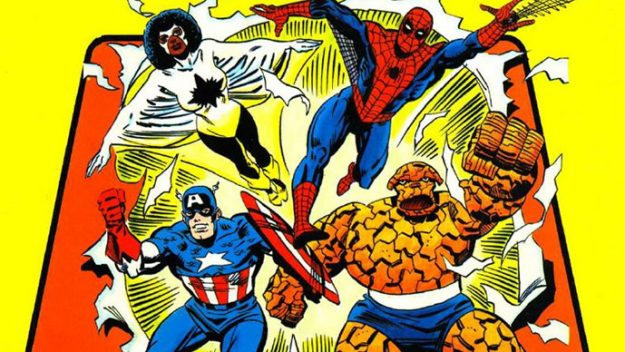
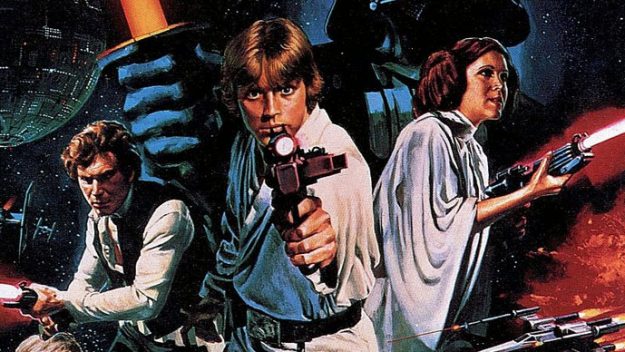
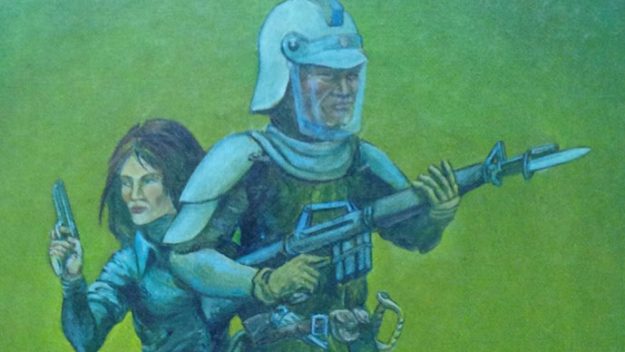
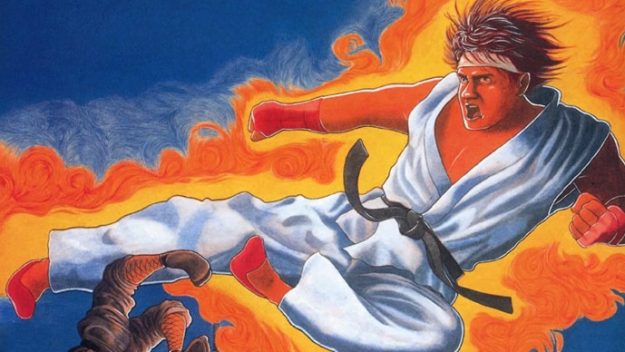
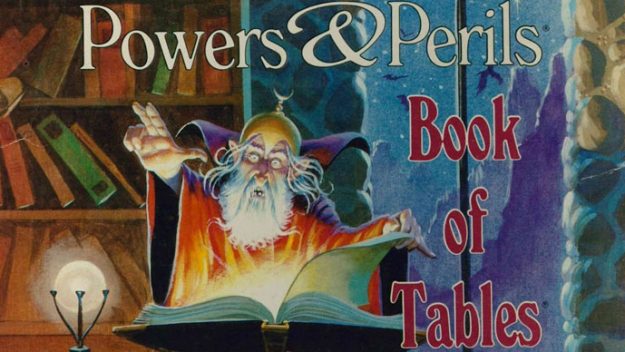
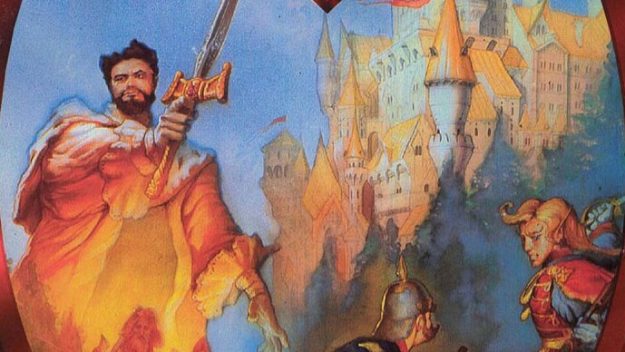
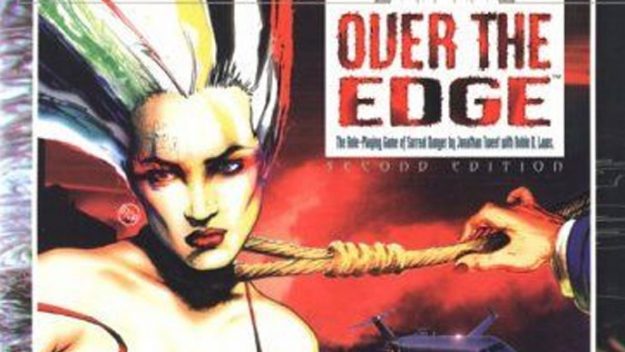


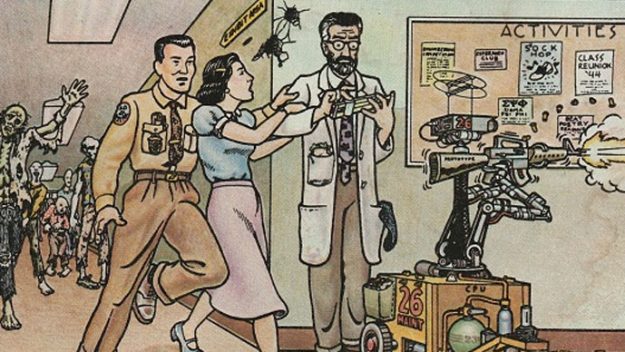
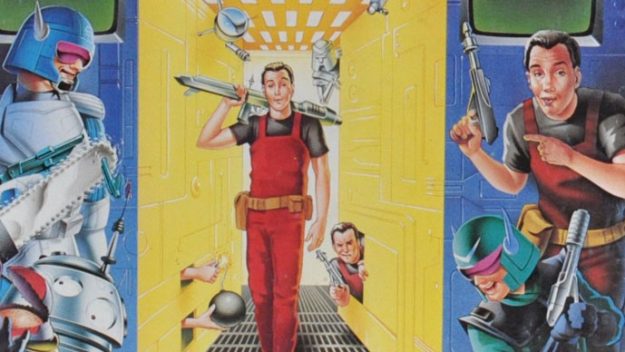
Be the first to comment on "11 Tabletop RPGs That Need To Make A Comeback"